International
‘Coup d’etat’ trial of Bolivia ex-president to begin
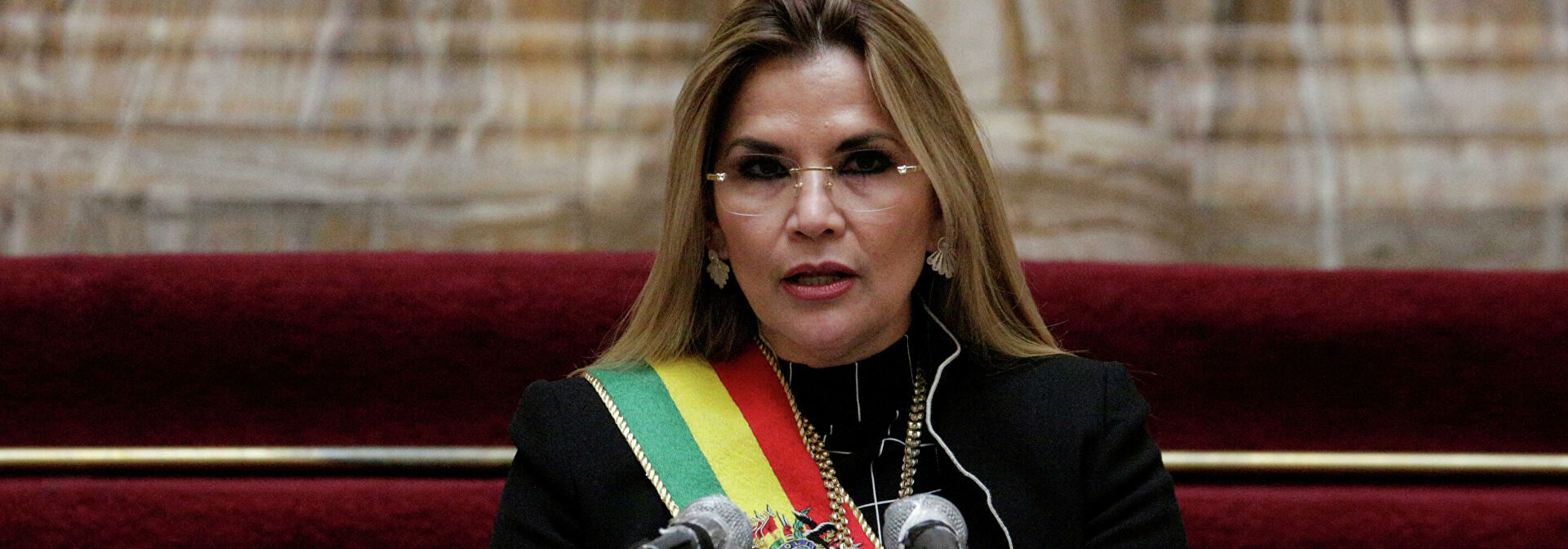
AFP
Some call her a “political prisoner” but others claim she led a coup d’etat: former interim president Jeanine Anez will go on trial Thursday accused of orchestrating the ouster of her predecessor as Bolivia’s leader, Evo Morales.
The conservative Anez, 54, has been held in pre-trial detention for the last 11 months. She has been on hunger strike, not for the first time, since last Wednesday.
She and another eight former military personnel will be on trial, starting from 9:00 am (1300 GMT).
Anez is accused of unconstitutionally assuming the presidency in November 2019 following the resignation of Morales, who fled into exile following 14 years in power.
Morales quit and left the country in the midst of street protests over his re-election the month before.
The Organization of American States (OAS) performed an audit and found clear evidence of election irregularities.
“I assumed the presidency of Bolivia without asking for it, without looking for it and much less expecting it… with the only mission to call new elections and pacify a country in convulsion,” Anez said on Tuesday.
Her lawyer Luis Guillen has accused authorities of bias as the document that opens the trial describes Anez as the “de facto” and “unconstitutional” ex-president.
Guillen has demanded an in-person trial and that witnesses be made to attend for cross-questioning after the public prosecutor’s office said it would be submitting only witness statements.
On Tuesday, a group of 21 former Latin American presidents asked the United Nations to visit Anez and investigate potential “abuses of power” in her treatment.
– ‘Massacres’ –
Another accusation of sedition, terrorism and conspiracy against Anez is still under investigation.
Guillen said the two investigations relate to “the same event” adding that it violates a general principal of law.
He added that “an ordinary court cannot decide what is constitutional.”
Guillen said an ex-president should not be tried in a regular court but rather face a trial of responsibilities in congress.
The plaintiffs in the case are the government, public prosecutor and congress dominated by the ruling Movement for Socialism party.
“This is a political trial being carried out by the government of President Luis Arce,” said political scientist Carlos Cordero from the San Andres university.
“It’s a way of establishing a political sanction for those that dared to be adversaries at a time of crisis for the Movement for Socialism.”
Anez is also accused of genocide following complaints made by the families of victims of a police crackdown against protesters in November 2019.
A group of experts commissioned by the Inter-American Commission on Human Rights and the government said 22 people were killed in “massacres” carried out by security forces.
Unlike the other accusations, though, it will be dealt with by congress in a trial of responsibilities.
The report also questioned the independence of Bolivia’s judicial system.
– Sudden change in results –
In October 2019, Morales stood for a fourth consecutive term as president despite the constitution setting a limit of two successive terms.
The election appeared to be heading for a second round run-off until a 24-hour blackout in the live and transparent reporting of results.
When that resumed, Morales had suddenly jumped into a winning lead.
There followed three weeks of protests against his re-election during which time Morales lost the support of the police and military, and fled the country.
Those who would have succeeded him — all members of his MAS party — also resigned and fled either abroad or into embassies, leaving Anez — then vice-president of the senate — as the highest ranking official left in office.
Congress, which was controlled by MAS, recognized her as interim president despite the lack of a quorum due to a boycott by many members of MAS.
Her sole task was to organize new elections but it took a year for those to be held, in part due to postponements over the coronavirus pandemic.
With Morales living in Argentina, his former finance minister Arce romped to victory.
Anez handed over power in November 2020 and was arrested in March 2021.
International
U.S. and Mexico Reach Deal to Address Water Deficit Under 1944 Treaty
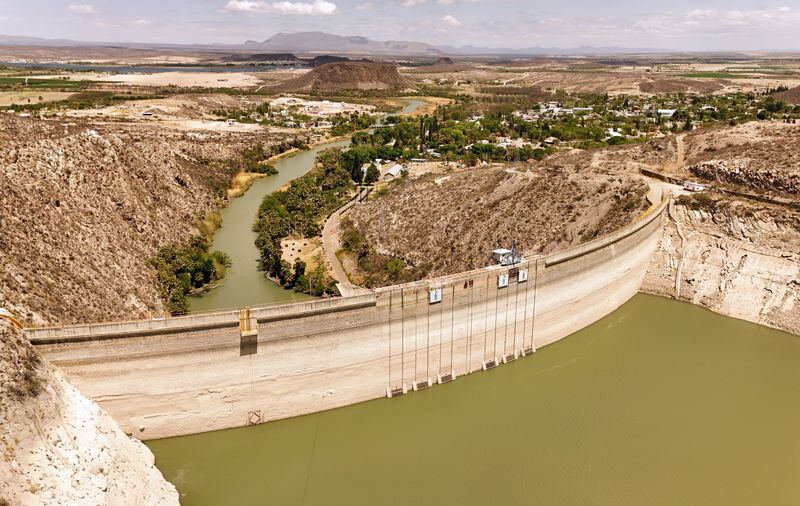
The United States and Mexico have reached an agreement to comply with current water obligations affecting U.S. farmers and ranchers and for Mexico to cover its water deficit to Texas under the 1944 Water Treaty, the U.S. Department of Agriculture said in a statement.
The department уточified that the agreement applies to both the current cycle and the water deficit from the previous cycle.
On Monday, U.S. President Donald Trump accused Mexico of failing to comply with the water-sharing treaty between the two countries, which requires the United States to deliver 1.85 billion cubic meters of water from the Colorado River, while Mexico must supply 432 million cubic meters from the Rio Grande.
Mexico is behind on its commitments. According to Washington, the country has accumulated a deficit of more than one billion cubic meters of water over the past five years.
“This violation is severely harming our beautiful crops and our livestock in Texas,” Trump wrote on Monday.
The Department of Agriculture said on Friday that Mexico had agreed to supply 250 million cubic meters of water starting next week and to work toward closing the shortfall.
Agriculture Secretary Brooke Rollins, quoted in the statement, said Mexico delivered more water in a single year than it had over the previous four years combined.
Trump has said that if Mexico continues to fall short of its obligations, the United States reserves the right to impose 5% tariffs on imported Mexican products.
Mexico’s Deputy Foreign Minister for North America, Roberto Velasco, said that a severe drought in 2022 and 2023prevented the country from meeting its commitments.
International
Several people shot in attack on Brown University campus
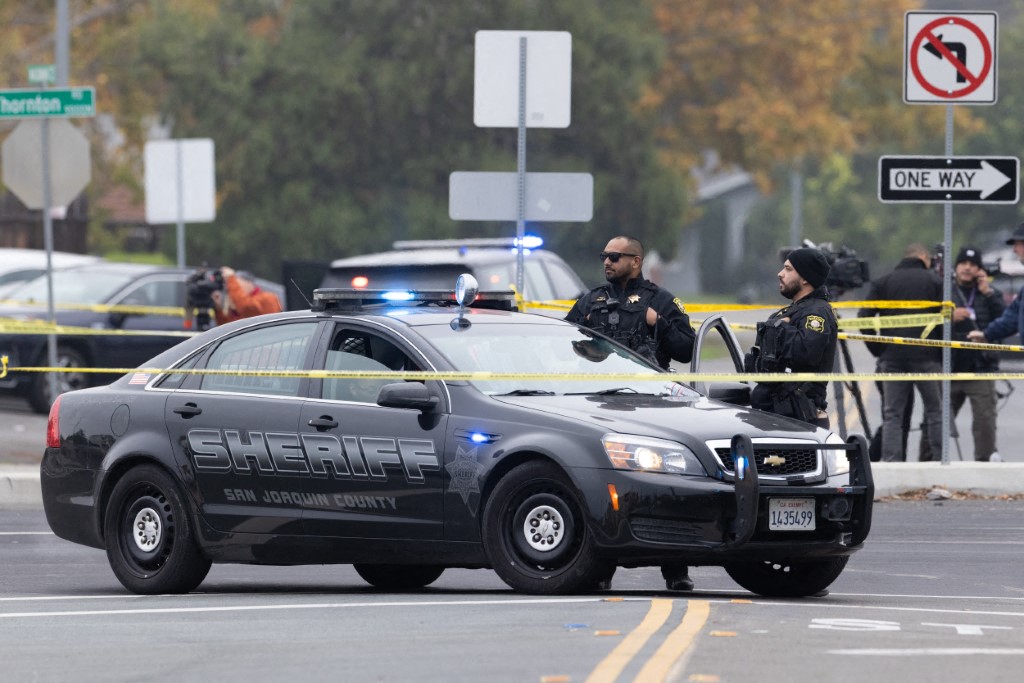
Several people were shot on Saturday in an attack on the campus of Brown University, in the northeastern United States, local police reported.
“Shelter in place and avoid the area until further notice,” the Providence Police Department urged in a post on X. Brown University is located in Providence, the capital of the state of Rhode Island.
U.S. President Donald Trump said on his social media platform Truth Social that he had been briefed on the situation and that the FBI was on the scene.
At 5:52 p.m. local time (11:52 p.m. GMT), Brown University said the situation was still “ongoing” and instructed students to remain sheltered until further notice.
After initially stating that the suspect had been taken into custody, Trump later posted a second message clarifying that local police had walked back that information. “The suspect has NOT been apprehended,” the U.S. president said.
International
Colombia says it would not reject Maduro asylum request as regional tensions escalate
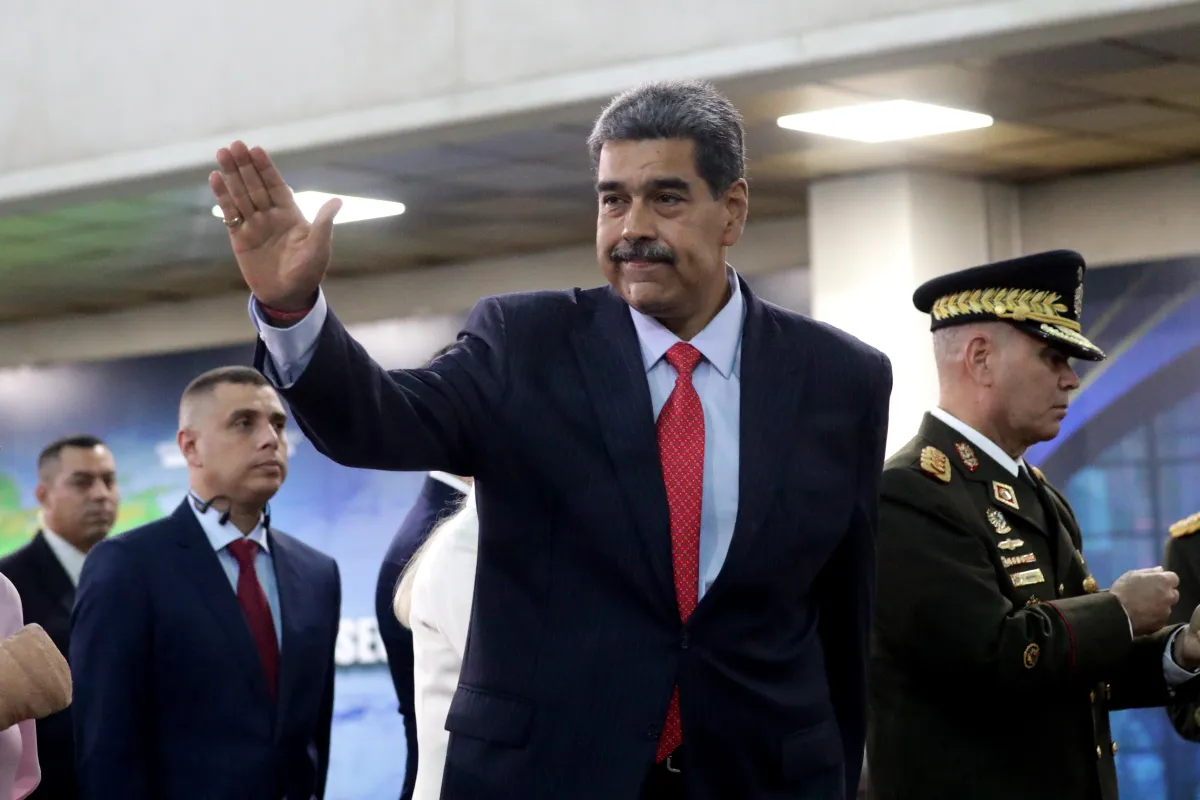
The Colombian government stated on Thursday that it would have no reason to reject a potential asylum request from Venezuelan President Nicolás Maduro should he leave office, as regional tensions persist over the deployment of U.S. military forces in the Caribbean since August.
“In the current climate of tension, negotiations are necessary, and if the United States demands a transition or political change, that is something to be assessed. If such a transition results in him (Maduro) needing to live elsewhere or seek protection, Colombia would have no reason to deny it,” said Colombian Foreign Minister Rosa Villavicencio in an interview with Caracol Radio.
However, Villavicencio noted that it is unlikely Maduro would choose Colombia as a refuge. “I believe he would opt for someplace more distant and calmer,” she added.
Colombian President Gustavo Petro also commented on Venezuela’s situation on Wednesday, arguing that the country needs a “democratic revolution” rather than “inefficient repression.” His remarks followed the recent detention and passport cancellation of Cardinal Baltazar Porras at the Caracas airport.
“The Maduro government must understand that responding to external aggression requires more than military preparations; it requires a democratic revolution. A country is defended with more democracy, not more inefficient repression,” Petro wrote on X (formerly Twitter), in a rare public criticism of the Venezuelan leader.
Petro also called for a general amnesty for political opponents and reiterated his call for forming a broad transitional government to address Venezuela’s prolonged crisis.
Since September, U.S. military forces have destroyed more than 20 vessels allegedly carrying drugs in Caribbean and Pacific waters near Venezuela and Colombia, resulting in over 80 deaths.
U.S. President Donald Trump has repeatedly warned that attacks “inside Venezuela” will begin “soon,” while Maduro has urged Venezuelans to prepare for what he describes as an impending external aggression.
-
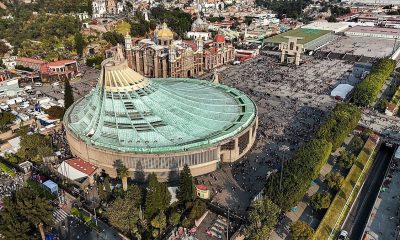
 International5 days ago
International5 days agoMexico City prepares for 13 million pilgrims at Basilica of Guadalupe
-
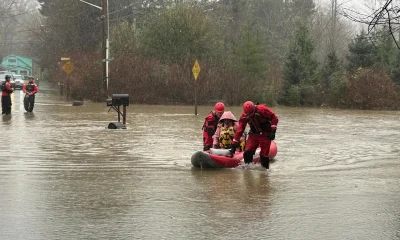
 International4 days ago
International4 days agoWashington declares State of Emergency as atmospheric river brings severe flooding
-

 International4 days ago
International4 days agoU.S. to require five-year social media history from tourists under Visa Waiver Program
-

 Central America5 days ago
Central America5 days agoHonduras’ electoral chief reports ongoing technical issues but says results remain intact
-
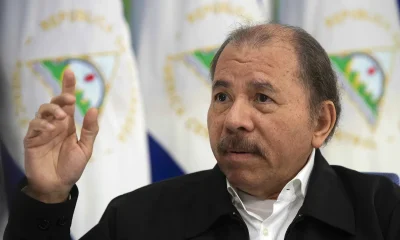
 Central America5 days ago
Central America5 days agoU.S. accuses Ortega regime of systematic human rights abuses in Nicaragua
-

 Central America5 days ago
Central America5 days agoU.S. finds no evidence of fraud in Honduras election despite delays
-
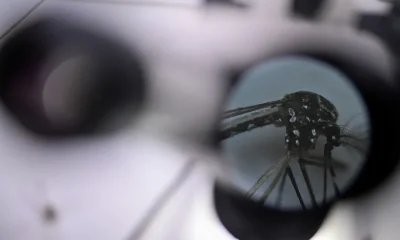
 International3 days ago
International3 days agoCuba battles out-of-control dengue and chikungunya epidemic as death toll rises to 44
-

 Central America4 days ago
Central America4 days agoOAS and EU urge honduran political actors to respect vote results and avoid unrest
-

 Central America3 days ago
Central America3 days agoHonduras election crisis deepens as CNE president denounces intimidation attempts
-
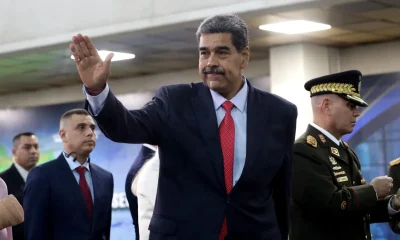
 International3 days ago
International3 days agoColombia says it would not reject Maduro asylum request as regional tensions escalate
-

 International1 day ago
International1 day agoSeveral people shot in attack on Brown University campus
-
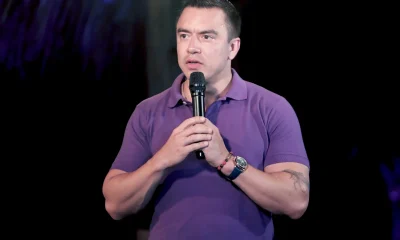
 International4 days ago
International4 days agoSix ecuadorian soldiers jailed pending trial for alleged extrajudicial execution
-
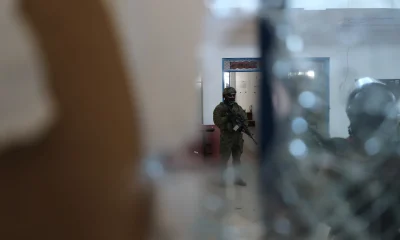
 International3 days ago
International3 days agoEcuador on track for record violence as homicides hit highest level in Latin America again
-
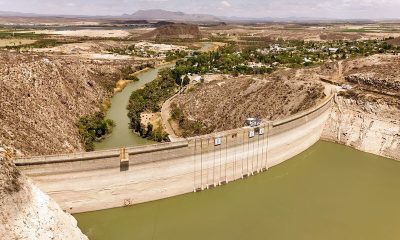
 International1 day ago
International1 day agoU.S. and Mexico Reach Deal to Address Water Deficit Under 1944 Treaty
-

 Central America5 hours ago
Central America5 hours agoPanama seizes over three tons of drugs hidden in Caribbean port container


























